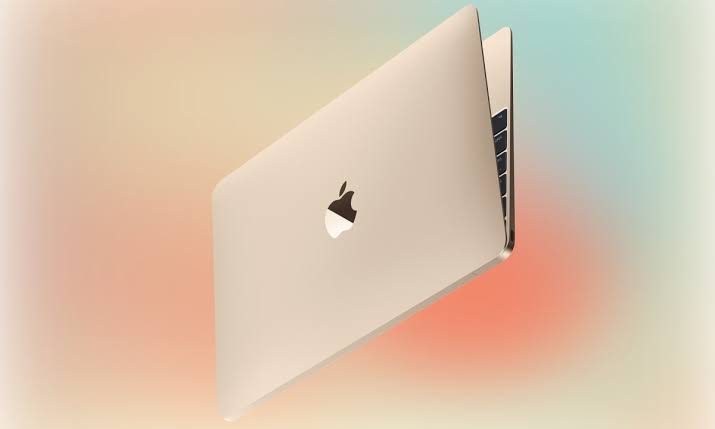Latest
- Get link
- X
- Other Apps
The Internet: The Network That Changed The World!
Changing the World of Human Connection and Communication.
What Is the Internet?
The internet is a massive global network that links computers and other devices together using a shared set of communication rules called protocols. It allows people to send and receive data, such as messages, videos, images, and files, from anywhere in the world. Through the internet, we can browse websites, watch videos, connect on social media, send emails, and access an endless amount of information.
A Brief History of the Internet:
The history of the internet began in the late 1960s with a U.S. government project called ARPANET, short for Advanced Research Projects Agency Network. It was designed to allow computers in different locations to communicate over long distances, mainly for academic and military purposes. In 1969, ARPANET successfully sent its first message between the University of California in Los Angeles and Stanford Research Institute. As the network grew, more universities and research centers joined during the 1970s and 1980s.
A major breakthrough came in 1983 with the introduction of the TCP/IP protocol, which created the foundation for how data is sent and received online. Then in 1989, British scientist Tim Berners-Lee invented the World Wide Web. This added web pages, links, and browsers, making the internet much easier for the average person to use. By the early 1990s, the first websites appeared and the internet quickly became popular, especially with the rise of web browsers like Netscape and Internet Explorer. Since then, the internet has evolved from slow dial-up connections to fast broadband, Wi-Fi, and mobile internet, connecting billions of people around the world and playing a central role in our daily lives.
How the Internet Works:
Although it may feel like magic, the internet is made up of physical devices, software, and communication systems working together to move information across the globe. When you visit a website, the data doesn’t arrive all at once. Instead, it’s broken into small pieces called packets. These packets travel through different routes on the internet and are put back together when they reach your device.
Every device that connects to the internet, like a phone or computer, does so through a local network, such as your home Wi-Fi. That network connects to a larger network run by your Internet Service Provider (ISP), which then links to the wider global internet. As your data travels, it moves through routers, switches, and data centers that direct it to the right place.
Each device has a unique IP (Internet Protocol) address, which works like a digital home address so that the data knows where to go. Instead of typing long numbers, we type website names like www.google.com. This is where DNS (Domain Name System) comes in, it acts like the internet’s phonebook, translating domain names into IP addresses.
When you visit a site, your device sends a request to a web server, which sends the content back, usually written in coding languages like HTML and CSS. Your browser then displays the website. All of this happens with the help of internet protocols like TCP/IP (which sends data packets), DNS (which finds website addresses), and HTTP or HTTPS (which loads and displays websites, with HTTPS adding extra security). If you're uploading or downloading large files, another protocol called FTP may be used.
Most international data travels through undersea fiber-optic cables, while on land, signals move through routers and wireless networks. Data reaches your device through technologies like Wi-Fi, 4G, 5G, or even satellites.
The Internet vs. The World Wide Web:
Although people often confuse them, the internet and the World Wide Web are not the same thing. The internet is the massive infrastructure, a global system of cables, servers, and devices, that allows computers to connect and communicate. The World Wide Web, or simply the Web, is one of the many services that run on the internet. It includes all the websites and web pages that we view using browsers like Chrome, Firefox, or Safari. In simple terms, the internet is the highway, and the Web is the traffic that moves across it.
How Websites Track You with Cookies and Data
When you visit a website, small files called cookies are stored on your device. These help the website remember things like your login, language preference, or shopping cart. While this makes your browsing experience more convenient, cookies are also used to track what you do online, like which pages you visit, what links you click, and how long you stay. This information is often used to show you personalized ads based on your behavior.
Websites may also use other tracking tools, such as pixel trackers (invisible images that report when a page loads), browser fingerprinting (which gathers data about your device and browser), and even location tracking. While some tracking can improve your experience, it also raises privacy concerns. That’s why websites now ask for your permission to use cookies, and many people use tools like VPNs, ad blockers, or private browser settings to protect their data.
How the Internet Has Affected the World:
The internet has had a massive impact on every part of modern life. In education, it gives people free access to information, online courses, and virtual classrooms from anywhere in the world. In business, it has made e-commerce, digital marketing, online banking, and remote work possible, all from one location. In healthcare, the internet has allowed for online consultations, research, and better communication between patients and doctors.
The entertainment industry has also been transformed, with streaming services, online gaming, and content creation available to anyone with a connection. News and media are now delivered in real-time from around the world. However, there are also downsides, such as cybercrime, privacy issues, the spread of misinformation, and growing concerns about internet addiction and overuse.
Conclusion :
- Get link
- X
- Other Apps




Comments